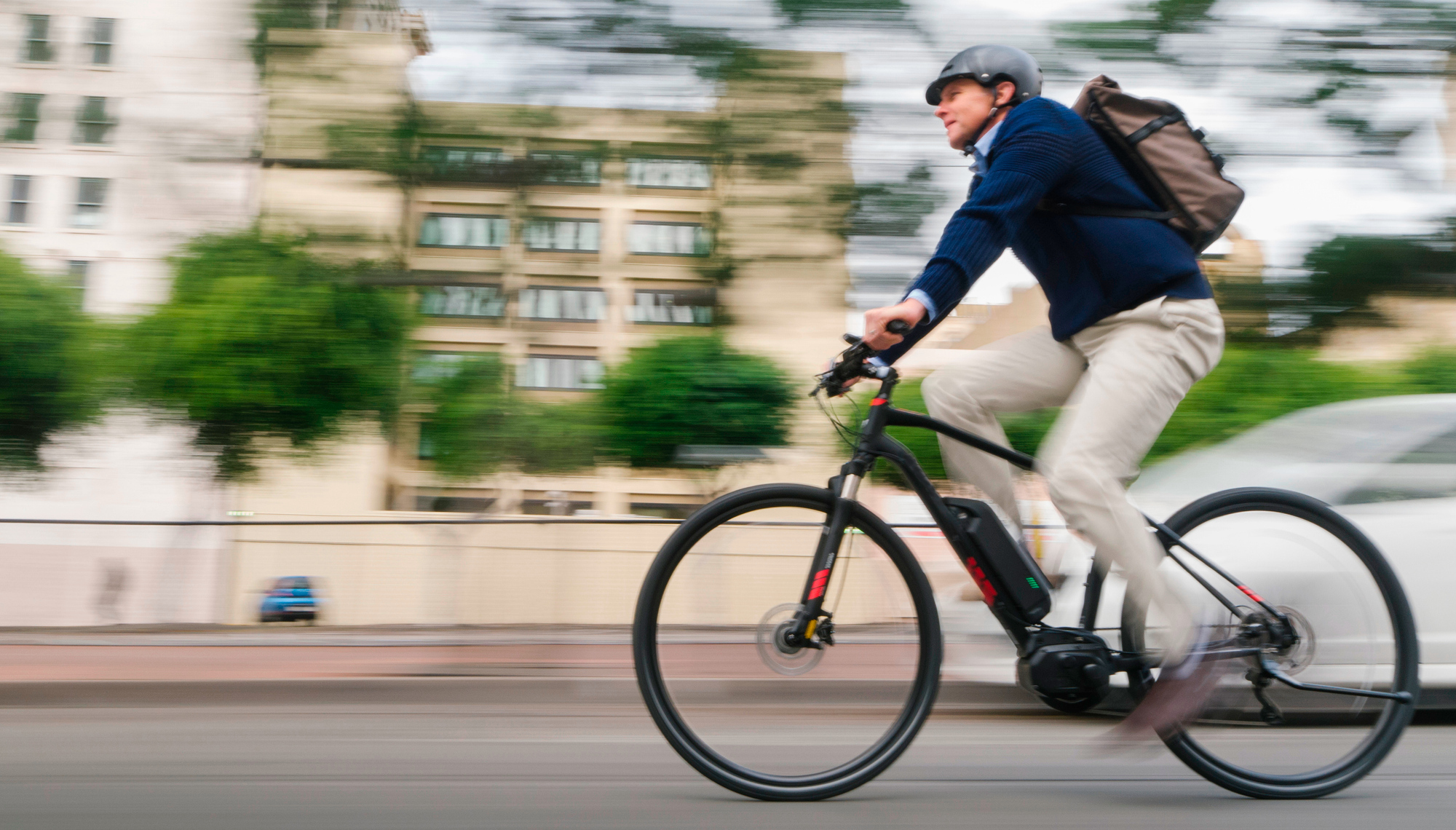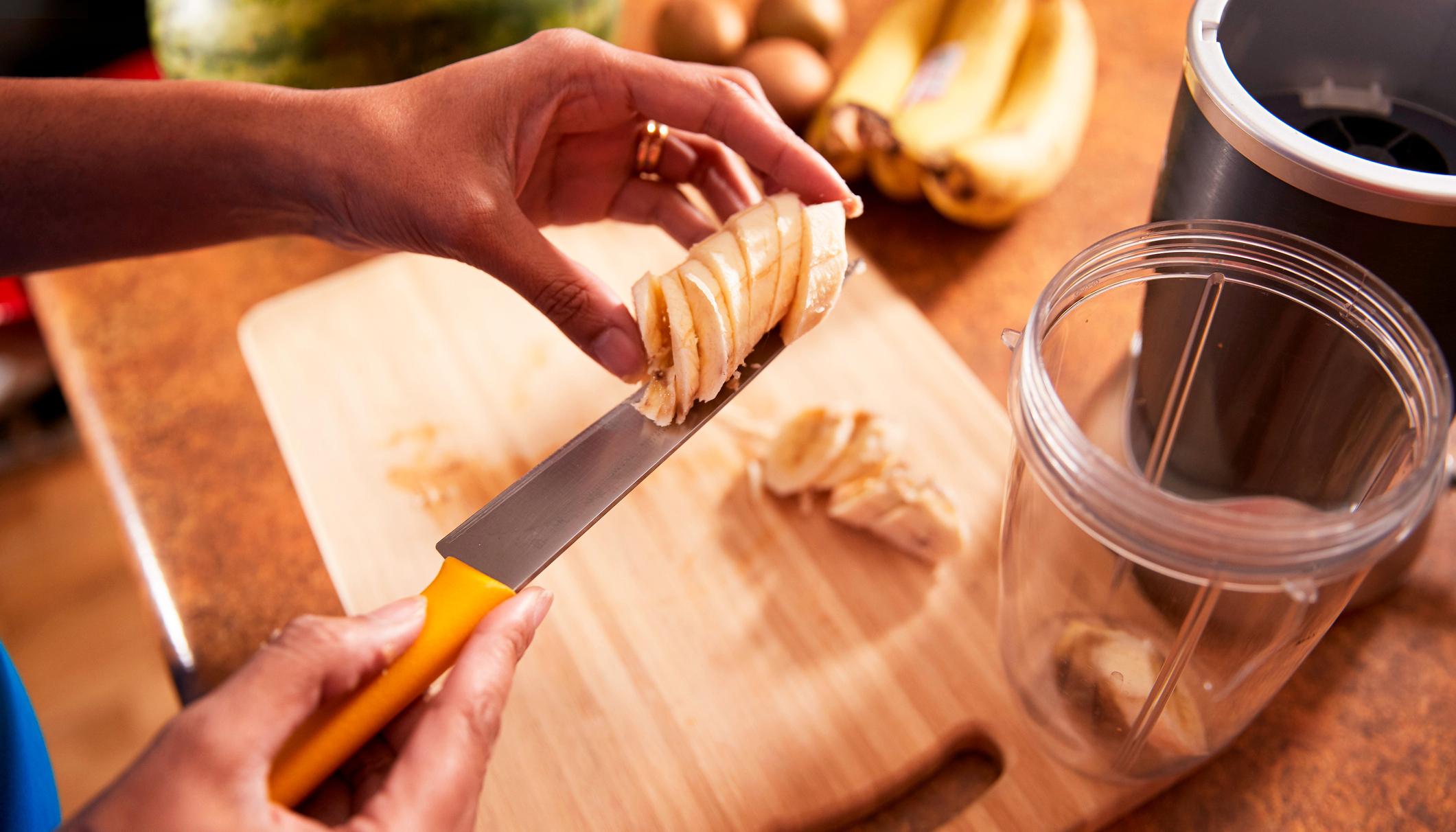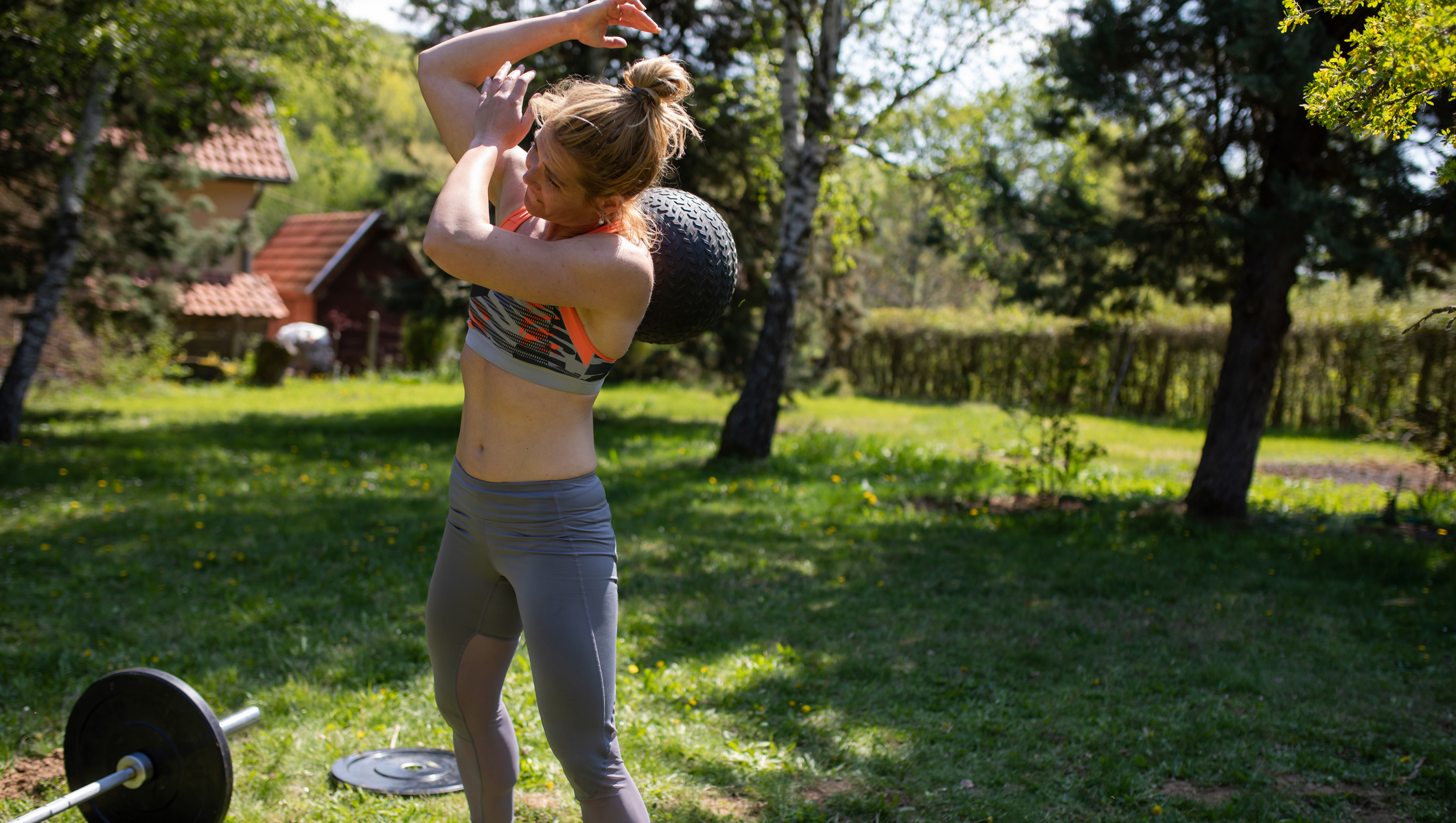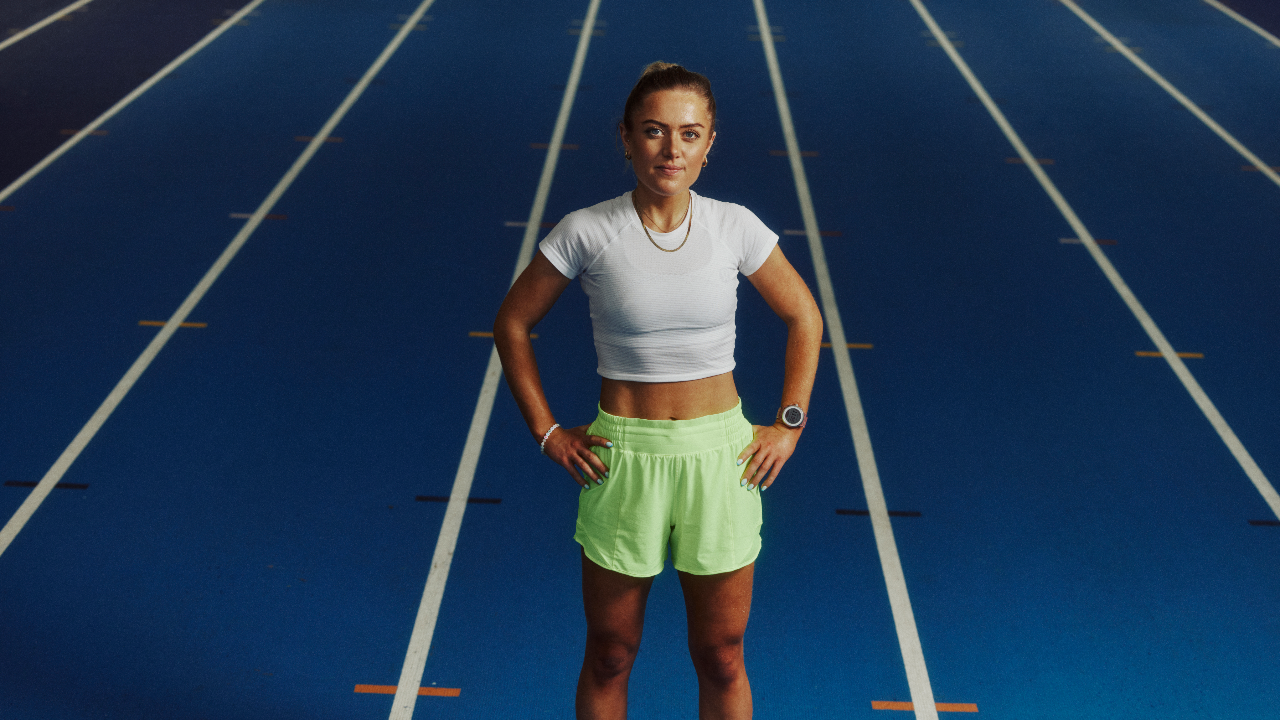A Breast Health Expert Recommends A Better Method For Choosing A Well-Fitting Sports Bra
Expert guidance on how to fit yourself for a sports bra, plus what to look for with a bigger bust and why a well-fitting bra is so important

When choosing what to wear for exercise there is nothing more important than ensuring you have a well-fitting sports bra.
Sports bras come in all shapes and sizes, all colours and all price ranges, but what really matters is making sure your breasts are getting the right support throughout whatever activity you’re doing.
Researchers at the University of Portsmouth have been using their expertise in breast biomechanics to study sports bras and the effect they have on breast health.
Coach sat down with Dr Nichola Renwick, a senior research associate at the university’s Research Group in Breast Health, to talk about why it’s so important to get a well-fitting sports bra and how to choose the right one for you.
How do you fit yourself for a sports bra?
Renwick says that the advice the researchers give is to use the “best fit” method: a study showed this type of approach yielded better results than the traditional method using a tape measure, which “overestimated band size and underestimated cup size”. The method is broken down into five parts.
The underband: The underband of the bra (the band that extends around your ribs and back) should lie level around the whole of your body. If it isn’t level (i.e. pulling up your back) this means your bra is too small and you need to size up. You also want to make sure that the underband isn’t too big. If you pull it out at the side and there’s more than 5cm of give, you need to size down.
The cup: Because the breast tissue is held entirely within the cup, it’s vital to ensure it fits properly. The breast should fit fully in the cup with no bulging or gaping at the top or the sides.
The underwire: The underwire should not rest on any part of the breast tissue. “Where you get the boundary of the cup around the outside, you want to make sure that all the breast tissue is sitting within that and the underwire isn’t sitting on top of the breast tissue,” says Renwick.
The straps: As with the underband, you want the straps to have no more than 5cm of give. If you have more than this, shorten the straps. If you still have more than this, you may need a different size of bra.
Middle panel: In an underwired bra, the middle panel of the bra sits between the cups and should always sit right against the chest. Renwick says that if it doesn’t, the chances are you need to go up a cup size.
It often requires a bit of trial and error, however. “It can be a case of just going to a shop and trying on bras and just checking these components and seeing what is comfortable and what fits,” Renwick says. “You might be a different size from store to store and brand to brand. It’s like wearing jeans – you’re never the same size in different brands.”
What should you look for in a sports bra if you have a larger bust?
When shopping for a sports bra to support a larger bust, Renwick cites the encapsulation style as the best. “An encapsulation bra supports each breast individually,” she says.
“It looks more similar to an everyday bra, but it is a functional sports bra. This helps to limit each breast’s movement individually, whereas a compression bra just pushes them down and works on them together.”
A high-support sports bra should also include a higher neckline, an adjustable underband, padded cups and a specific type of material, according to Renwick.
“We’ve seen that roughly for about every one centimetre that the neckline is raised, you will get around about a 1% reduction in breast bounce.
“It’s also a really good thing to have an adjustable underband. When you think about how your ribcage will expand during activities, you want to make sure that your sports bra can accommodate that.
“Also, padding of the cups has been shown to be a really important quality in a high-impact sports bra as well. In terms of material we see that a good high-impact sports bra is more likely to be made of nylon material instead of polyester.”
What issues could arise if you’re not wearing a supportive enough sports bra?
Renwick and her fellow researchers have also been looking into the issues that can arise if your sports bra just isn’t supporting your breasts enough.
“If you’re exercising in an ill-fitting sports bra, that can lead to what we call skin strain,” says Renwick. “Because you don’t have that support but your breasts are moving at quite a high speed during exercise, you’re experiencing more movement than you would normally and it can actually stretch the skin.”
If this happens repeatedly, the collagen fibres in your skin can be broken down. “It can get to a point where that will break down the collagen fibres within the skin around the breasts causing damage to the breast – that’s what we think might be the cause of breast pain during movement. This is something that we’re still investigating,” says Renwick.
As well as the health impacts, Renwick notes that an ill-fitting sports bra can also have a negative effect on performance and can create a barrier to exercise.
“If you’re wearing an ill-fitting bra, then you’re not feeling supported, so you’re going to be less likely to take part in activities. You may be conscious of the fact that it might be painful. Or you just might feel embarrassed if you’ve got larger breasts and you can feel your breasts are moving more and it’s drawing attention to them.”
To measure sports performance, the research group looked at different physiological and biomechanical variables between low-support and high-support bras.
“We had a group of women come in and run on a treadmill in a low-support bra and in a high-support bra. When we compared the results we saw that with the low-support bra the women were reporting that it felt a lot harder to do the activity.
“We also saw that they were breathing less frequently in the low-support bra. They were also using their upper body muscles more as well.
“And during running they would change their gait to shorter steps. So that again has an impact on not just your performance, but potentially on other parts of your body. It can impact your ankles, your knees, all kinds of things. It is really important to make sure that you’re wearing a good sports bra for certain types of exercise.”
How can you tell if your sports bra isn’t supportive enough?
“Experiencing any sort of breast pain while exercising could be a sign you’re not wearing a supportive enough sports bra,” says Renwick.
“You might feel unable to move in the way that you want to, so you’re restricting your movements, especially your upper-body movements. You may also be a bit more tense because you’re aware that if you move in a certain way you can feel your breasts moving.”
If you feel like you are restricting your movements to try to make your breasts feel more secure, you probably need a sports bra that is more supportive.
How often should you replace a sports bra?
While noting this will vary depending on brand and material), Renwick says that studies have revealed that after around 25 washes, your sports bra will start to lose some of its support.
“Something I’ve heard people say before and have read in studies is that it’s suggested that you change your sports bra as often as you change your trainers,” says Renwick. “With your running shoes you can tell when they’re just starting to wear down a bit. They’re maybe looking a bit frayed or a little bit battered after a lot of use – it’s exactly the same with your bra. Just look for signs of wear, or fabrics starting to fray. Also check how it feels – if the bra isn’t as supportive as it used to be, that might be a sign of wear, but it might be that your body has changed and you need to fit yourself again. If it’s feeling a bit off, just do a fit assessment again, using the best fit method.”
Is there any risk associated with wearing sports bras?
Wearing a sports bra can feel like quite a lot of pressure on your chest, especially compression-type bras, so it’s normal to worry that this could do some damage.
However, according to Renwick, there is no evidence that long-term use of a sports bra will cause any damage. “The compression that they provide is fine,” says Renwick. “There are no signs that they cause any damage. And again, if you’re in a correctly fitting bra then you shouldn’t have any discomfort.”
Get the Coach Newsletter
Sign up for workout ideas, training advice, reviews of the latest gear and more.

Lois Mackenzie is a fitness writer working on news, features, reviews and buying guides for Coach and sister site Fit&Well. Lois is a hill walker and avid runner who has just completed her first marathon. Before joining Coach, Lois worked as a senior SEO reporter at Newsquest Media Group.









